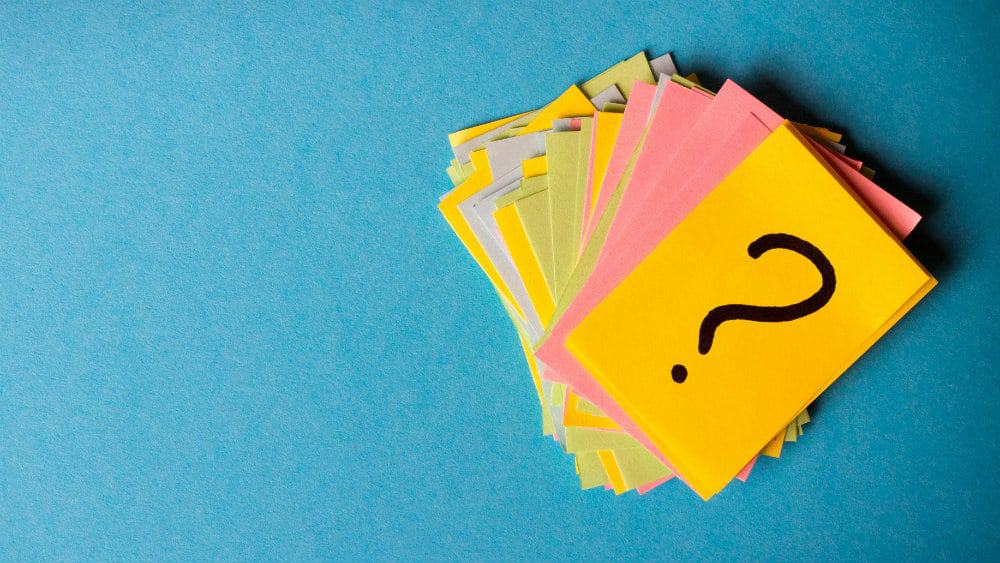The Canada Emergency Response Benefit (CERB) is designed to help Canadians who lost their income due to the COVID-19 pandemic.
The $2,000 monthly payment is currently available for up to four months. Parents forced to stay home to look after children, self-employed or gig-economy workers who saw contracts disappear, people who lost jobs due to business closures and those who need to remain at home due to being ill or under quarantine can potentially qualify.
You must have at least $5,000 in earnings in the past year to apply and are currently earning less than $1,000 per month.
Canadians can’t receive CERB if they are getting money from an employer under the Canada Emergency Wage Subsidy (CEWS) program. The government’s ideal situation is to see people quickly switch from CERB to CEWS as part of the transition to get the economy back on track.
If a business retroactively rehires a person under the CEWS program, the CERB payments received for the same period must be paid back to the CRA.
CRA considerations
The CERB is a taxable payment. As a result, it will count toward your 2020 personal income. This means people have to plan to pay the taxes when they file their 2020 return next year.
In cases where your work stoppage is short and you will likely recover much of your annual income by the end of the year, it is a good idea to set aside part of the CERB to cover the applicable tax that will be due.
How to use the CERB payment
The CERB is meant to help meet basic financial needs. This means putting food on the table, making rent or mortgage payments, and covering essential bills.
Not everyone has the same level of financial commitments. For example, many young people have decided to move home during the lockdowns. In this situation, they might have very little ongoing expenses.
The CERB could then go toward paying off credit card debt, student loans, or car loans. In the event there is money left over, it makes sense to stick extra funds in a TFSA. Creating a reserve for emergencies is always helpful. It could also be used for a home purchase down the road.
Should you invest the CERB funds?
CERB is not designed to provide cash flow for investing. In some situations, however, people might find they have the flexibility to use part of the payment for retirement savings.
A contribution to your RRSP might be one way to go. This would reduce taxable income for the year. The government wants people to plan well for their retirement, so it wouldn’t be a waste of the CERB payment.
In a self-directed account, owning ETFs that track the performance of the stock market are often recommended. In fact, Warren Buffett recently said most people should simply own an index fund that mimics the performance of the S&P 500.
The bottom line
The CERB has already helped more than 8.3 million applicants during the pandemic. Every person’s situation is different, and it is important to use the money for its intended purpose.
In cases where all other basic financial needs can be met, extra funds might also help position people for their retirement.










